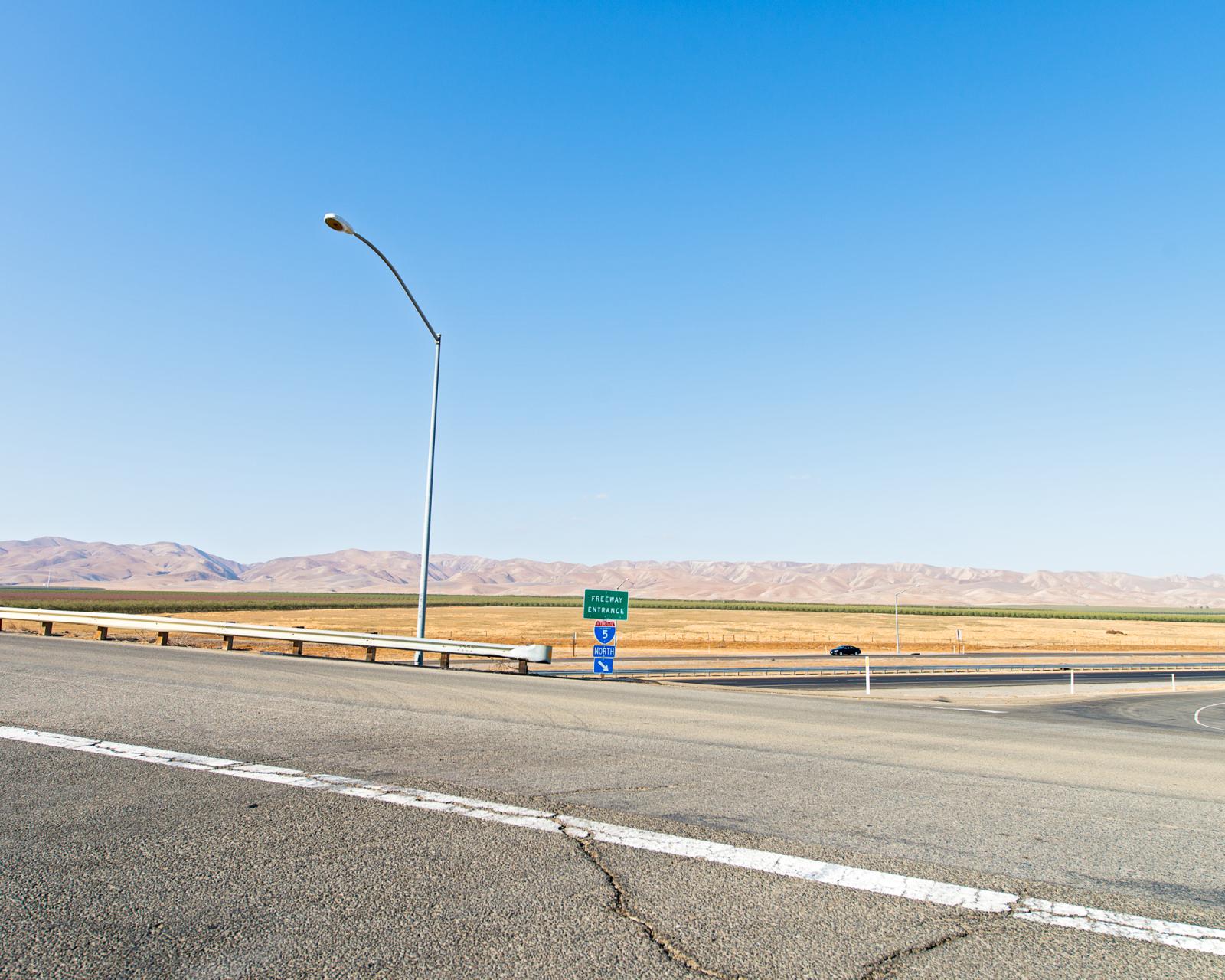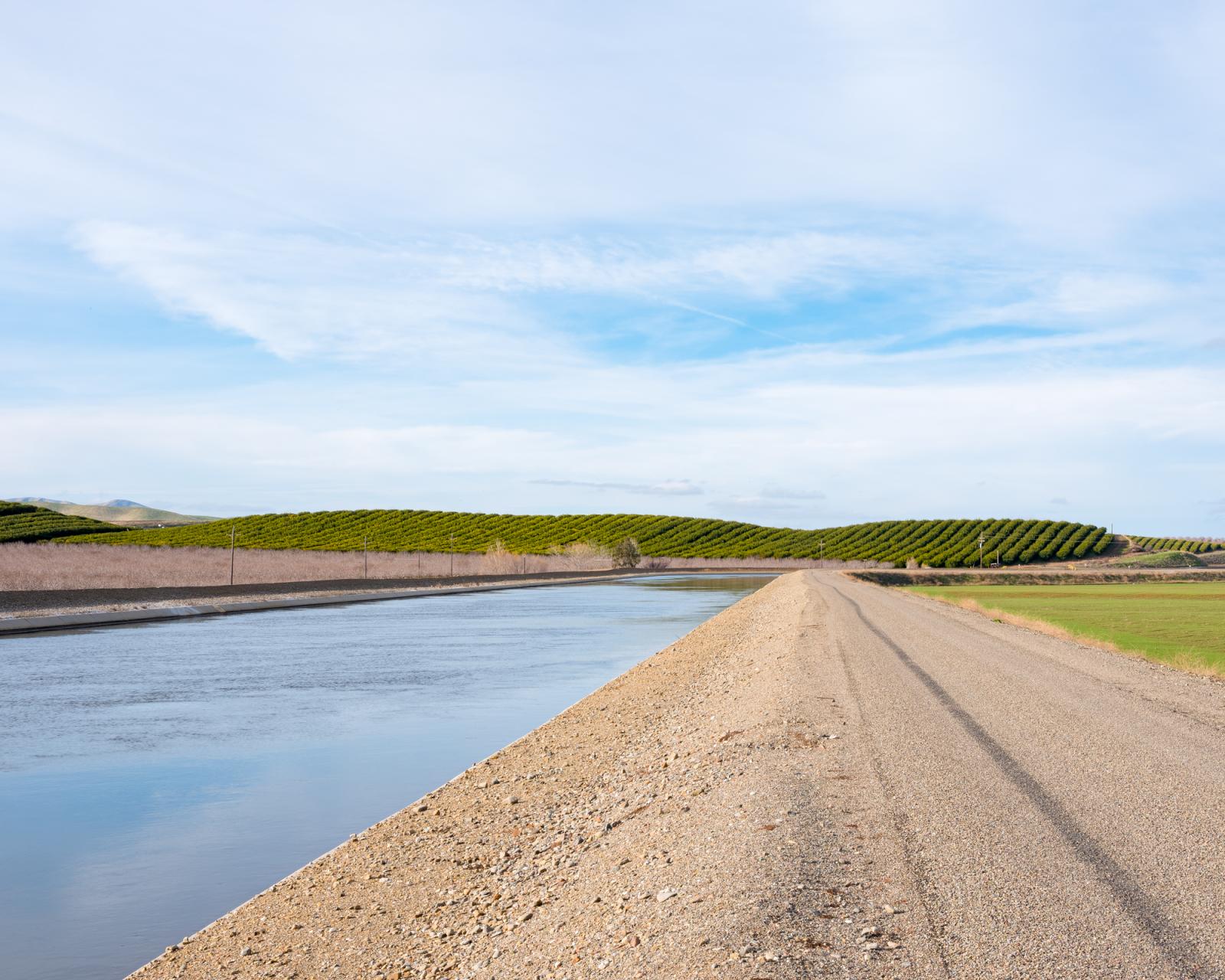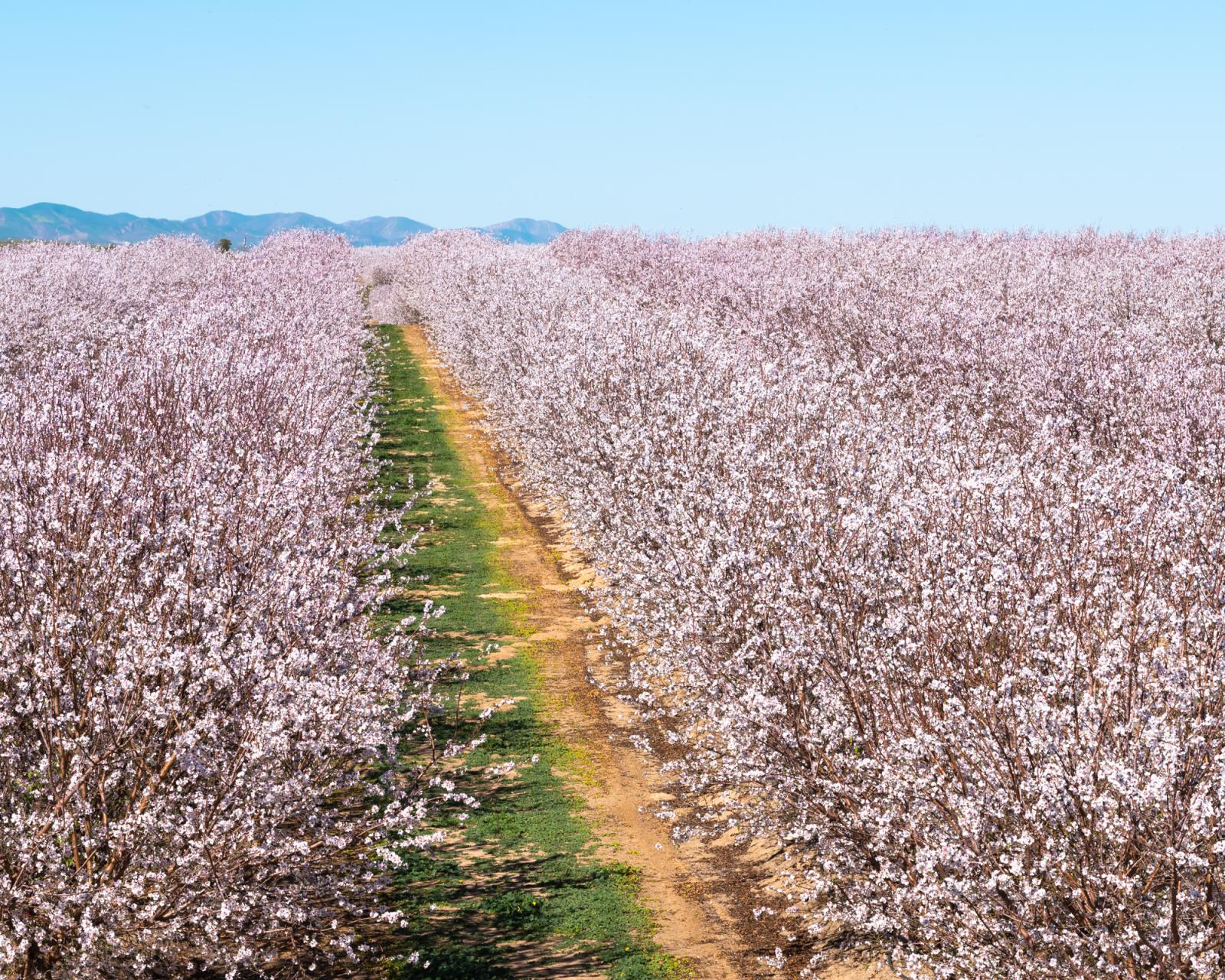Public Story
Valley
The Central Valley of California is a strange place, a strange reflection of our humanity. As a landscape it is full of surprises, visual koans that must be imagined to be understood. I picture it sometimes as a vast machine, one that runs on water, and churns out the food we eat to stay alive. But not just water—the valley is powered by human needs and desires, also. Including my own, I am part of the machine. I am connected to this place, in a way that has nothing to do emotion or sense of belonging.
As a landscape devoted to mechanized agriculture, the valley is almost entirely dependent on human inputs. When the humans finally give up and walk away, the valley will look nothing like it does today. This gridded geometry of fields and farm roads, receding into a kind of abstraction or reduction, a place that is the bare minimum of what a place can be.
The valley is unsettling. This is why so many people travel through or around the valley, but seldom stop to visit. I used to be one of those people. But now I have developed a kind of respect and even affection for the valley’s unvarnished reality. By which I mean, the place as I have learned to imagine it. Unlike the suburban neighborhood where I live, the valley seems less lost in illusions of permanence. There is just this present, endlessly captivating moment of landscape—this furrowed field, this piece of machinery gleaming in the sun, this geometrically perfect plantation of almond trees in full blossom. Clouds of dust trailing a tractor, and unexpected streams of water gushing from pipes and flowing down old cement causeways.









































